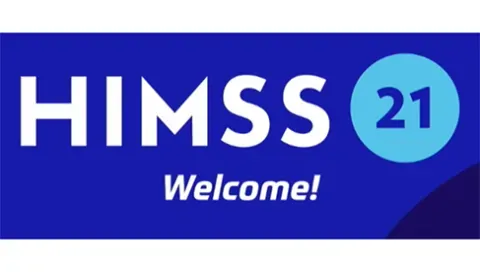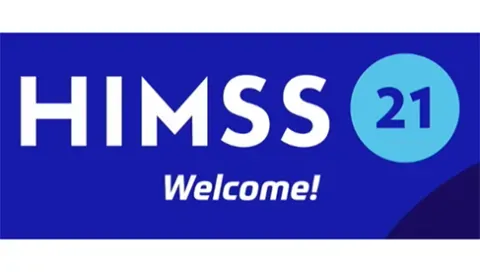We Were Wrong About Ad Fraud
The year 2017 promised a good landscape for the ad tech industry, as the Association of National Advertisers (ANA) presumed that ad fraud would drop from $7.2 billion in 2016 to $6.5 billion in 2017, but the presumption was short lived when new facts started pouring in and defined a different tale altogether.
Adobe monitored traffic across thousands of its client sites and found that 28% of the traffic showed non-human signals indicating that it was fraudulent. Bob Hoffman of The Ad Contrarian predicted that advertisement (ad) fraud may reach $66 billion in 2018, which is whopping 10 times more than the $6.5 billion thought about in 2017 by the ANA.
The Impact of Ad Fraud
Ad fraud has impacted in the digital landscape and the techniques, which the industry is using or can use to fight the same. Impact of Ad Fraud Ad fraud has been significantly marring the online ad tech industry, be it digital, mobile, or video ads. Digital ad fraud remains rampant, an estimated $19 billion was lost on display ads alone in 2018, a figure that will rise to $44 billion by 2022, according to research conducted by Juniper.
Video Ad Frauds
Video ad fraud is roughly twice as common when compared to display. As per reports from a leading third-party media verification company DoubleVerify, approximately 10% of the video impressions scanned in North America were found to be fraudulent (on the contrary only 5% of display impressions were marked as fraud). Video ads are currently the most profitable module in the advertising game, while being the most vulnerable to bot fraud.
Mobile Ad Frauds
With an incredible increase in the number of mobile users, mobile ad fraud is rising equally, as is the ad spend in that segment. 2018 saw a rise in mobile ad fraud and the financial exposure to ad fraud hit $800 million. Ad spend in mobile has already exceeded the ad spend on desktop, with 60% of global digital advertising budgets being attributed to mobile advertising in 2018. The sheer increase in the spend ratio for mobile advertising has created a conducive environment for fraudsters. Pixalate (a fraud protection provider) collected global programmatic advertising data between May and Aug 2018 to measure Invalid Traffic (IVT) rates across devices and channels. Their data revealed that the mobile in-app video on both smartphones and tablets was the riskiest environment for the advertisers.














